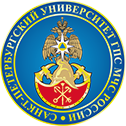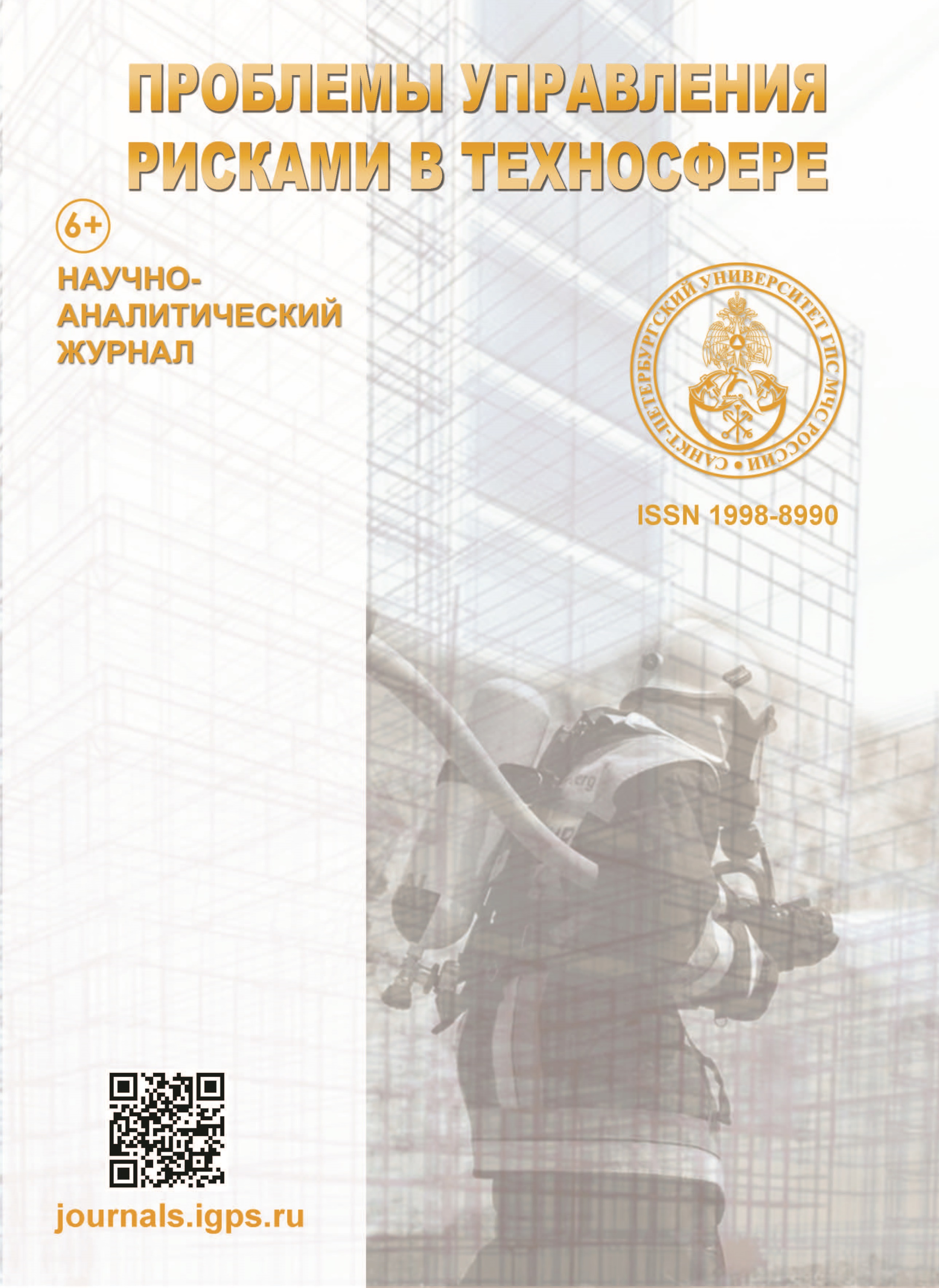Russian Federation
Russian Federation
Russian Federation
The consequences of large-scale emergencies often exceed the gross domestic product of some countries. To organize international assistance, it is necessary to know the risks of biomedical and socio-economic consequences of emergencies in the world. It is necessary to know the risks of biomedical and socio-economic consequences of emergencies in the world for the organization of international assistance. The goal is to compare the indicators of Russian emergencies presented in The Emergency Events Database (EM-DAT) and the domestic emergency database for 10 years from 2012 to 2021. We studied the indicators of large-scale emergencies in Russia, in which there were 10 or more deaths and 100 or more injured, contained in EM-DAT (n=97) and the national database of emergencies (n=213). We calculated the risks of falling into the conditions of a large-scale emergency, dying and being injured per 1 million people of the Russian population. An underestimation of the number of Russian large-scale emergencies in the EM-DAT database, and those affected by them, was revealed, with overdiagnosis of those who died in both natural and man-made emergencies. For example, only 45 % of all large-scale emergencies and 58,6 % of the number of victims in them were indexed in EM-DAT, and the number of deaths was higher – 124 % of all recorded deaths in large-scale emergencies contained in the Russian database. As expected, in the Russian database of large-scale emergencies, compared with domestic emergencies indexed in EM-DAT, there were statistically greater risks of being in all large-scale emergencies, including natural emergencies, and the risks of being affected in all large-scale emergencies, including man-made emergencies. Statistical indicators did not differ in all studied parameters; there was also a high congruence of trends in the risks of death and being injured in large-scale emergencies, with the exception of man-made emergencies. The Russian risks of death and being affected in large-scale man-made emergencies were higher than the global ones at the level of trends. In Russia, there are great technological and organizational opportunities to reduce these risks. Despite the unexpressed statistical differences in the indicators of domestic large-scale emergencies indexed in EM-DAT, it is undesirable to use these data in rigorous scientific studies. Most likely, this is not the fault of the EM-DAT database, numerous studies have shown its objectivity, but the lack of integration of Russian specialists into international organizations for recording and preventing emergencies, including with EM-DAT employees.
emergency, natural disaster, man-made disaster, risk, perished, injured, EMERCOM of Russia, EM-DAT
1. O zashchite naseleniya i territorij ot chrezvychajnyh situacij prirodnogo i tekhnogennogo haraktera: Feder. zakon ot 21 dek. 1994 g. № 68-FZ (s izm. i dop). Dostup iz sprav.-pravovoj sistemy «Konsul'tantPlyus».
2. Mizutori M., Guha-Sapir D. Human cost of disasters: An overview of the last 20 years (2000-2019). Brussels: Centre for research on the epidemiology of disasters (CRED), UN office for disaster risk reduction (UNDRR), 2019. 29 p.
3. Akimov V.A. Obshchaya teoriya bezopasnosti zhiznedeyatel'nosti v sovremennoj nauchnoj kartine mira. M.: VNII GOCHS (FC), 2018. 136 s.
4. Jones R.L., Guha-Sapir D., Tubeuf S. Human and economic impacts of natural disasters: can we trust the global data? // Scientific Data. 2022. Vol. 9. № 1. Art. 572. DOI:https://doi.org/10.1038/s41597-022-01667-x.
5. Worldwide disaster loss and damage databases: A systematic reviews / S.A. Mazhin [et al.] // J. Edu. Health Promot. 2021. Vol. 10. Art. 329. DOIhttps://doi.org/10.4103/jehp.jehp_1525_20.
6. Guha-Sapir D., Below R. The quality and accuracy of disaster data: a comparative analyses of three global data sets. Brussels: CRED WHO, University of Louvain school of medicine, 2002. 18 p.
7. Evdokimov V.I. Krupnomasshtabnye chrezvychajnye situacii, riski social'nyh i mediko-biologicheskih posledstvij v mire i vedushchih stranah (2012-2021 gg.) // Mediko-biologicheskie i social'no-psihologicheskie problemy bezopasnosti v chrezvychajnyh situaciyah. 2022. № 4. S. 83-103. DOI:https://doi.org/10.25016/2541-7487-2022-0-4-83-103.
8. Vostrikova A.A., Morozova O.A. Usovershenstvovanie mezhdunarodnoj bazy dannyh EM-DAT dlya korrektnogo statisticheskogo ucheta katastrof i stihijnyh bedstvij na primere Rossijskoj Federacii // Tekhnologii grazhdanskoj bezopasnosti. 2022. T. 19. № 1 (71). S. 87-94. DOI:https://doi.org/10.54234/CST.19968493.2022.19.1.71.18.87.
9. Vostrikova A.A., Morozova O.A. Mirovye integracionnye processy v oblasti statisticheskogo ucheta katastrof i stihijnyh bedstvij // Tekhnologii grazhdanskoj bezopasnosti. 2021. T. 18. № S. S. 185-192. DOI:https://doi.org/10.54234/CST.19968493.2021.18.S.25.185.
10. O sostoyanii zashchity naseleniya i territorij Rossijskoj Federacii ot chrezvychajnyh situacij prirodnogo i tekhnogennogo haraktera v 2021 godu: gos. dokl. M.: Akad. grazhdanskoj zashchity MCHS Rossii, 2022. 251 s.
11. O klassifikacii chrezvychajnyh situacij prirodnogo i tekhnogennogo haraktera: postanovlenie Pravitel'stva Rossijskoj Federacii ot 21 maya 2007 g. № 304 (s izm. i dop). Dostup iz sprav.-pravovoj sistemy «Konsul'tantPlyus».
12. Artyuhin V.V., Morozova O.A. Krupnomasshtabnye chrezvychajnye situacii. Ponyatie i statisticheskaya povtoryaemost' // Tekhnologii grazhdanskoj bezopasnosti. 2021. T. 18. № 1 (67). S. 8-15. DOI:https://doi.org/10.54234/CST.19968493.2021.18.1.67.2.8.
13. Afanas'ev V.N., Yuzbashev M.M. Analiz vremennyh ryadov i prognozirovanie. M.: Finansy i statistika: Infra-M, 2001. 320 s.





